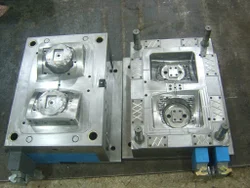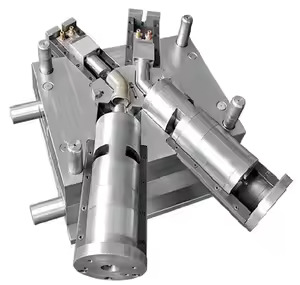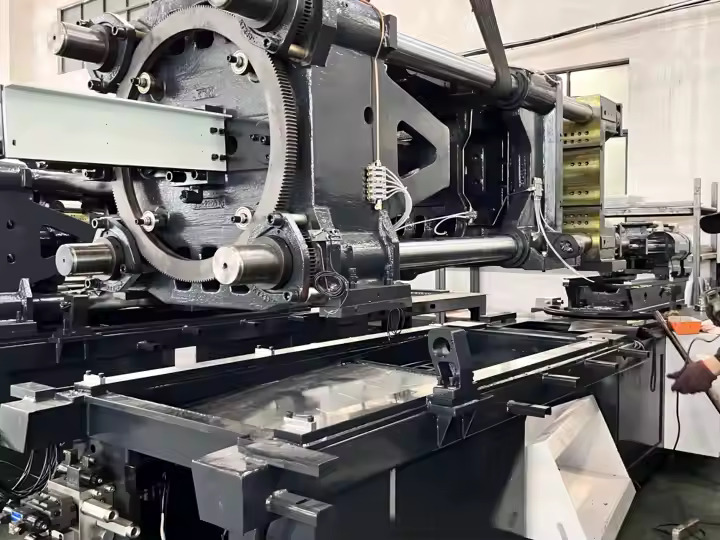
Several molding techniques are employed to manufacture PVC household items, depending on the product requirements:
Injection Molding
- Ideal for producing items with intricate designs, such as storage containers, utensil handles, and decorative accessories.
- The process involves injecting molten PVC into a mold cavity, where it solidifies to take the desired shape.
Blow Molding
- Used for hollow items like bottles, jugs, and lightweight containers.
- Involves inflating a parison (molten PVC tube) into a mold to create the hollow form.
Extrusion Molding
- Commonly used for linear items such as curtain rods, pipes, and window frames.
- The process extrudes PVC through a die to achieve continuous shapes.
Compression Molding
- Suitable for larger, simpler items like trays, mats, or panels.
- Involves compressing heated PVC within a mold to form the desired product.
Common Household Items Made from PVC
PVC is used to produce a variety of household items, including:
- Furniture Components: Chair legs, table edges, and armrests benefit from PVC’s strength and flexibility.
- Kitchenware: Items like cutting boards, utensil grips, and food storage containers are durable and easy to clean.
- Storage Solutions: Shelves, bins, and organizers made from PVC are lightweight and long-lasting.
- Bathroom Accessories: Shower curtains, soap dishes, and toothbrush holders are moisture-resistant and hygienic.
- Decorative Products: PVC is used for picture frames, wall panels, and other decorative items, offering customizable designs.
Advantages of PVC Molding for Household Applications
- Lightweight yet Strong: PVC products are easy to handle and durable enough for everyday use.
- Moisture Resistance: Ideal for items used in kitchens, bathrooms, and other humid environments.
- Ease of Maintenance: Non-porous surfaces are easy to clean and resistant to stains.
- Safety and Compliance: PVC formulations for household use are often designed to be non-toxic and meet safety standards.
- Eco-Friendly Options: Recyclable and phthalate-free PVC grades are increasingly used to reduce environmental impact.
Challenges and Solutions in PVC Molding
While PVC molding offers numerous benefits, some challenges exist:
- Heat Sensitivity: Overheating can degrade PVC. Careful temperature control during molding ensures material integrity.
- Environmental Concerns: The production of traditional PVC involves chlorine, raising environmental concerns. Manufacturers are addressing this by adopting bio-based and recyclable PVC formulations.
- Design Limitations: Extremely complex designs may require alternative materials or hybrid molding techniques.

